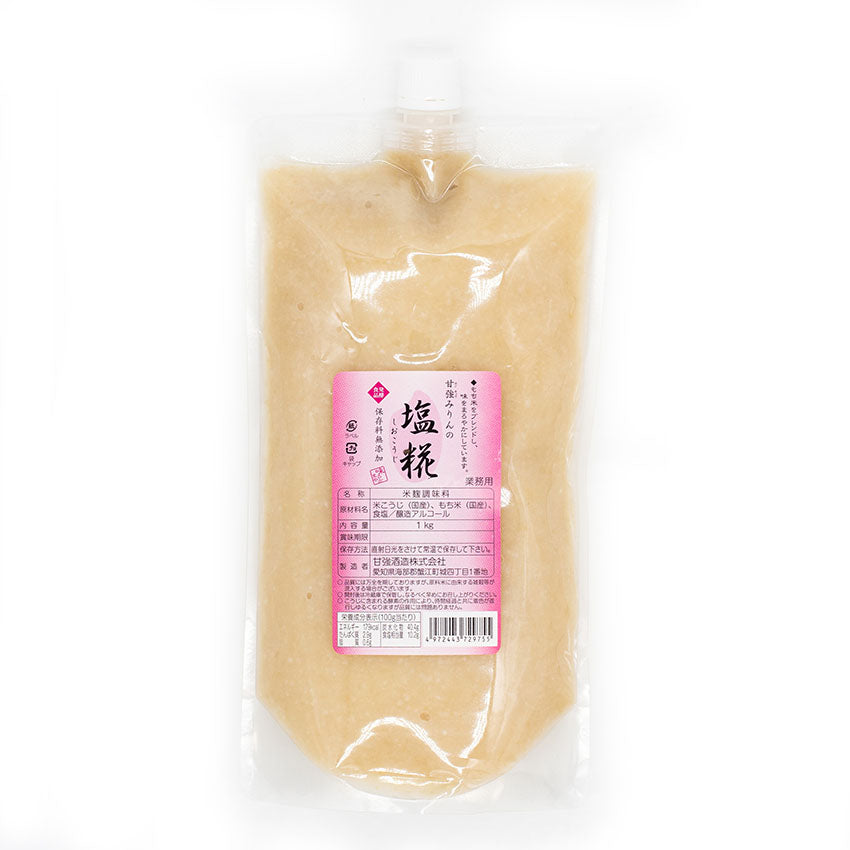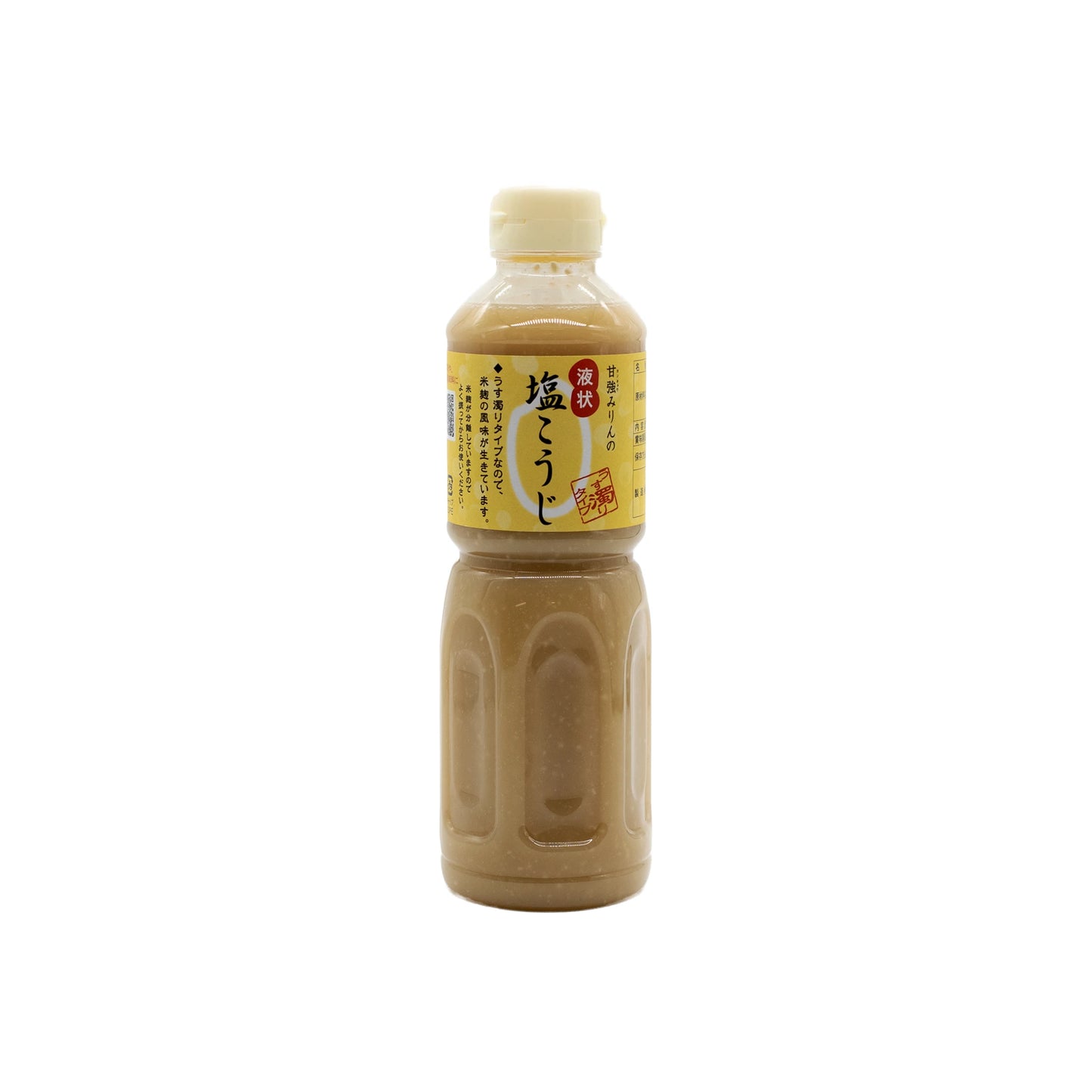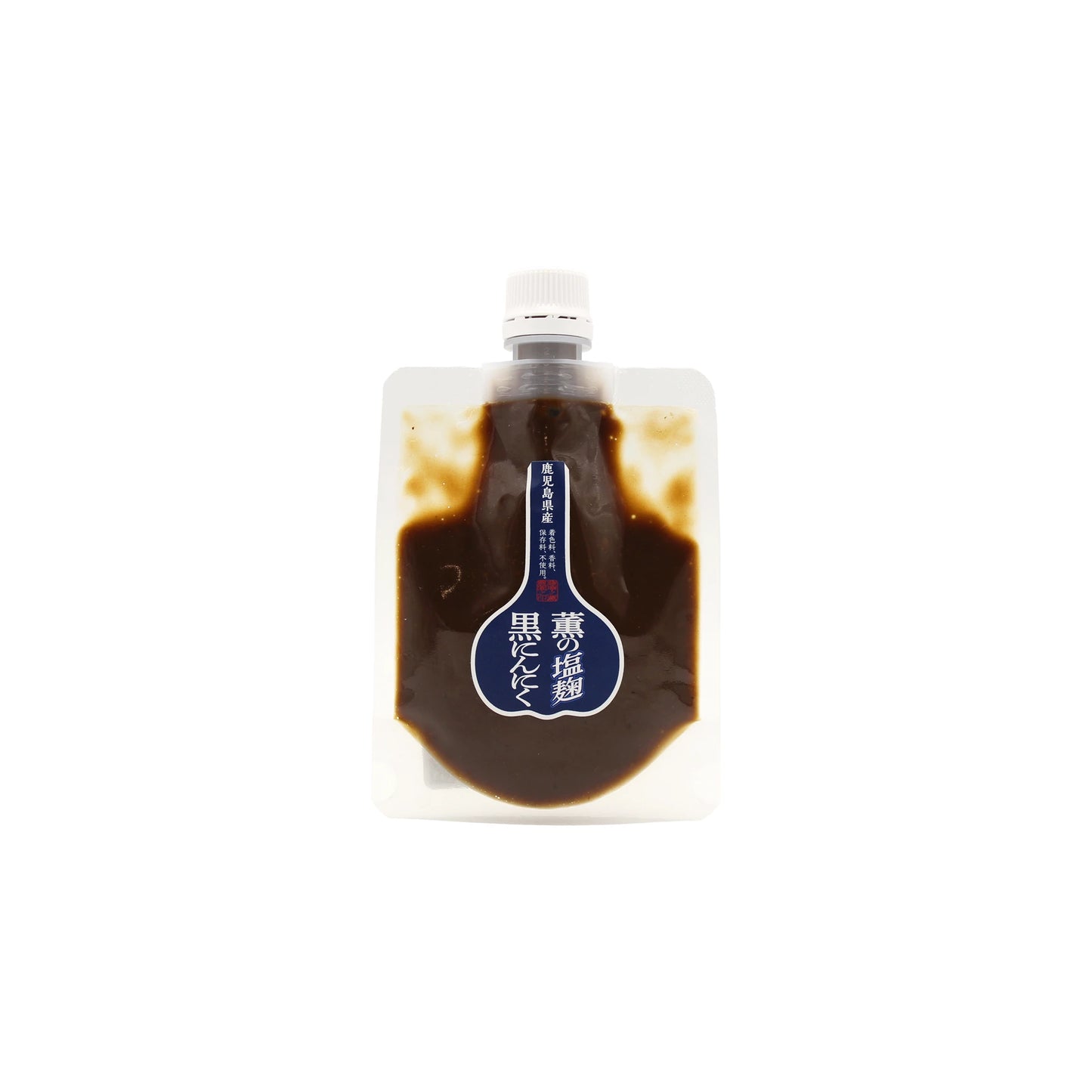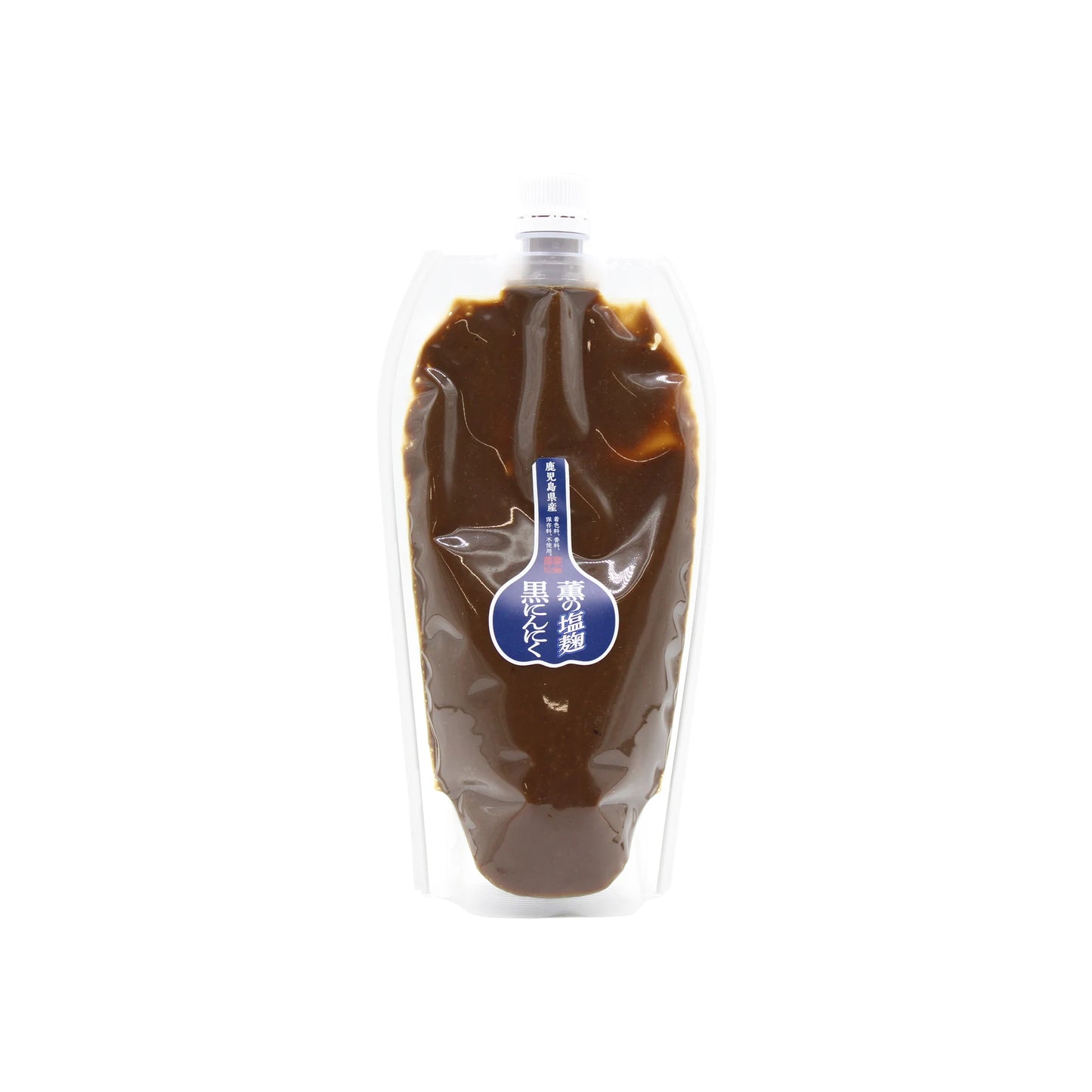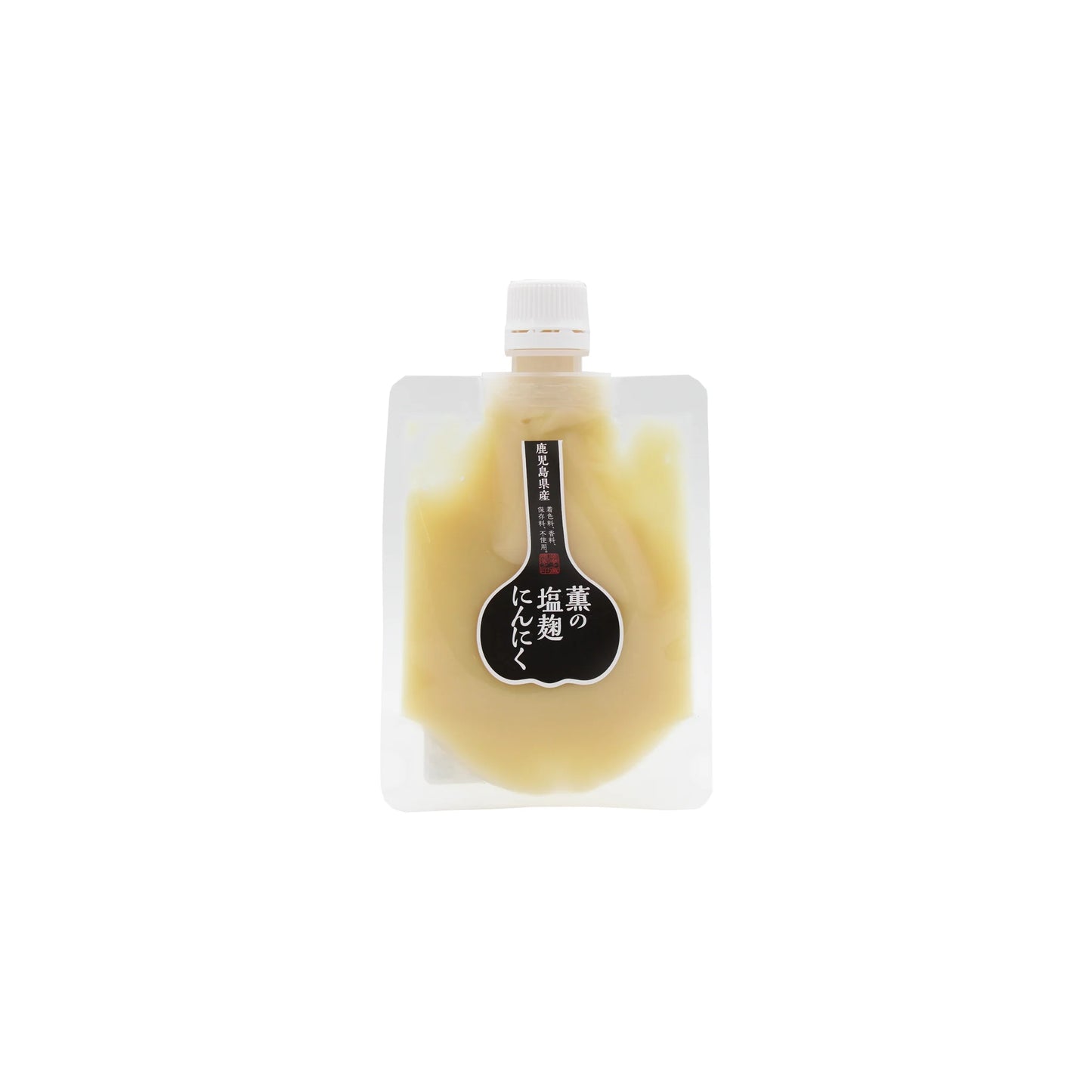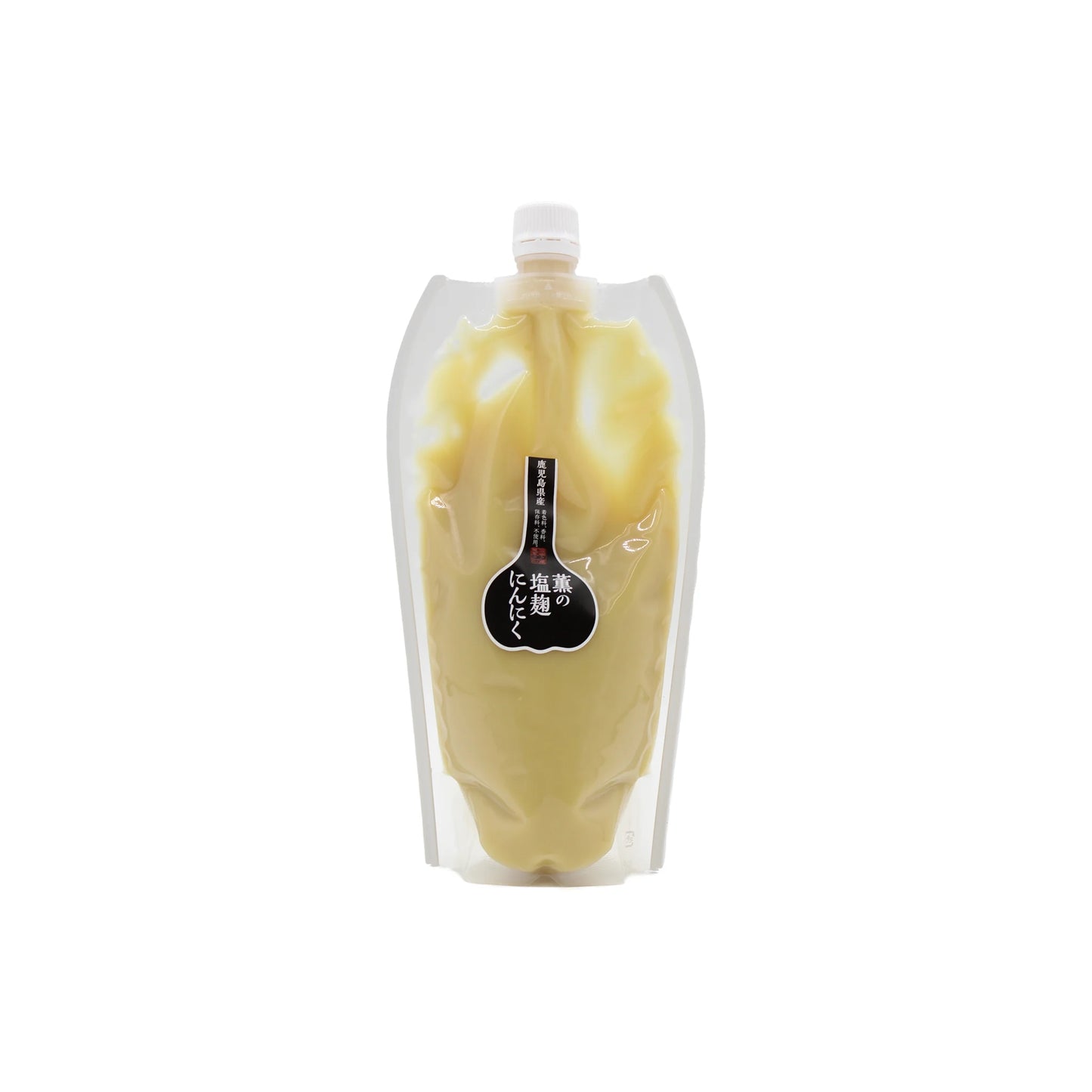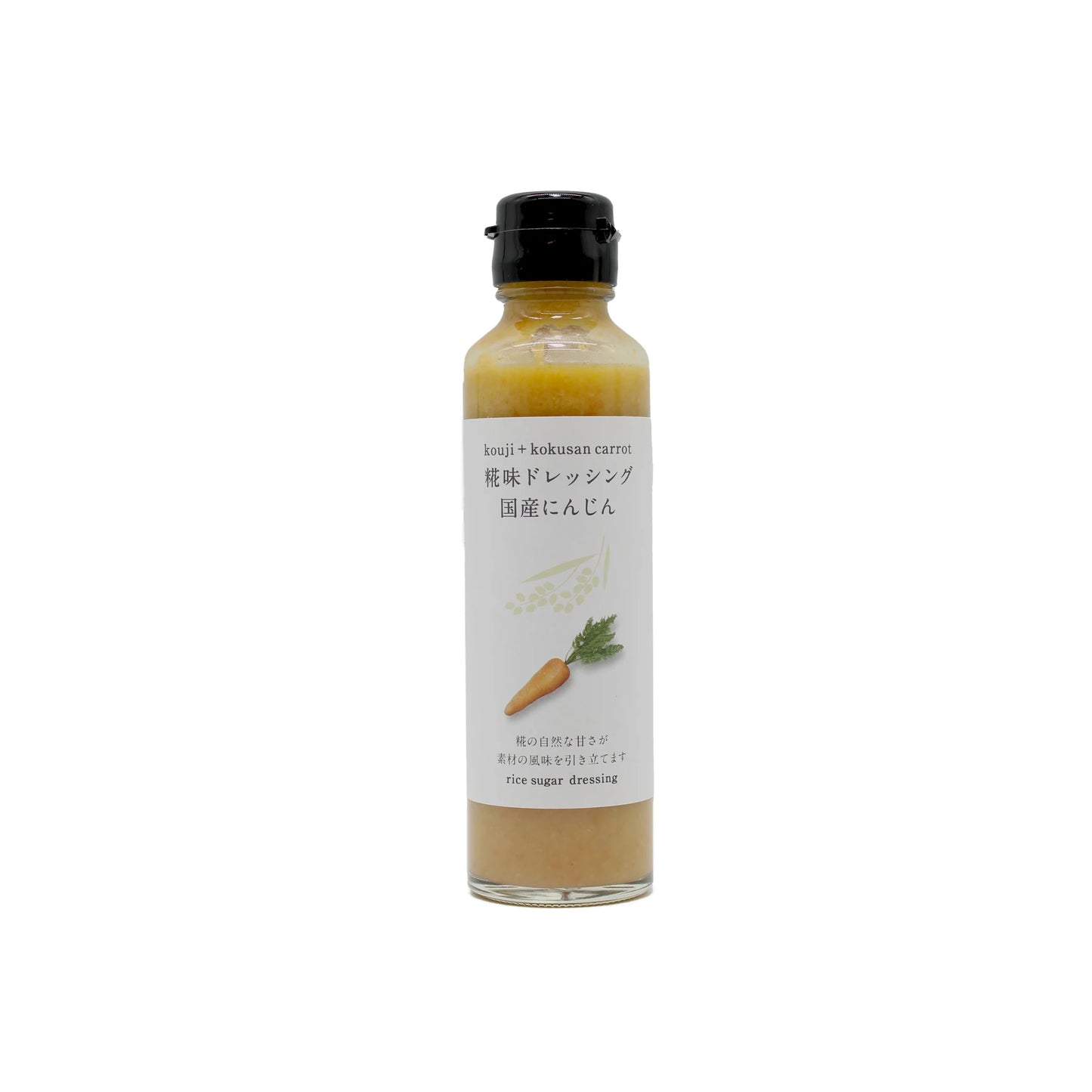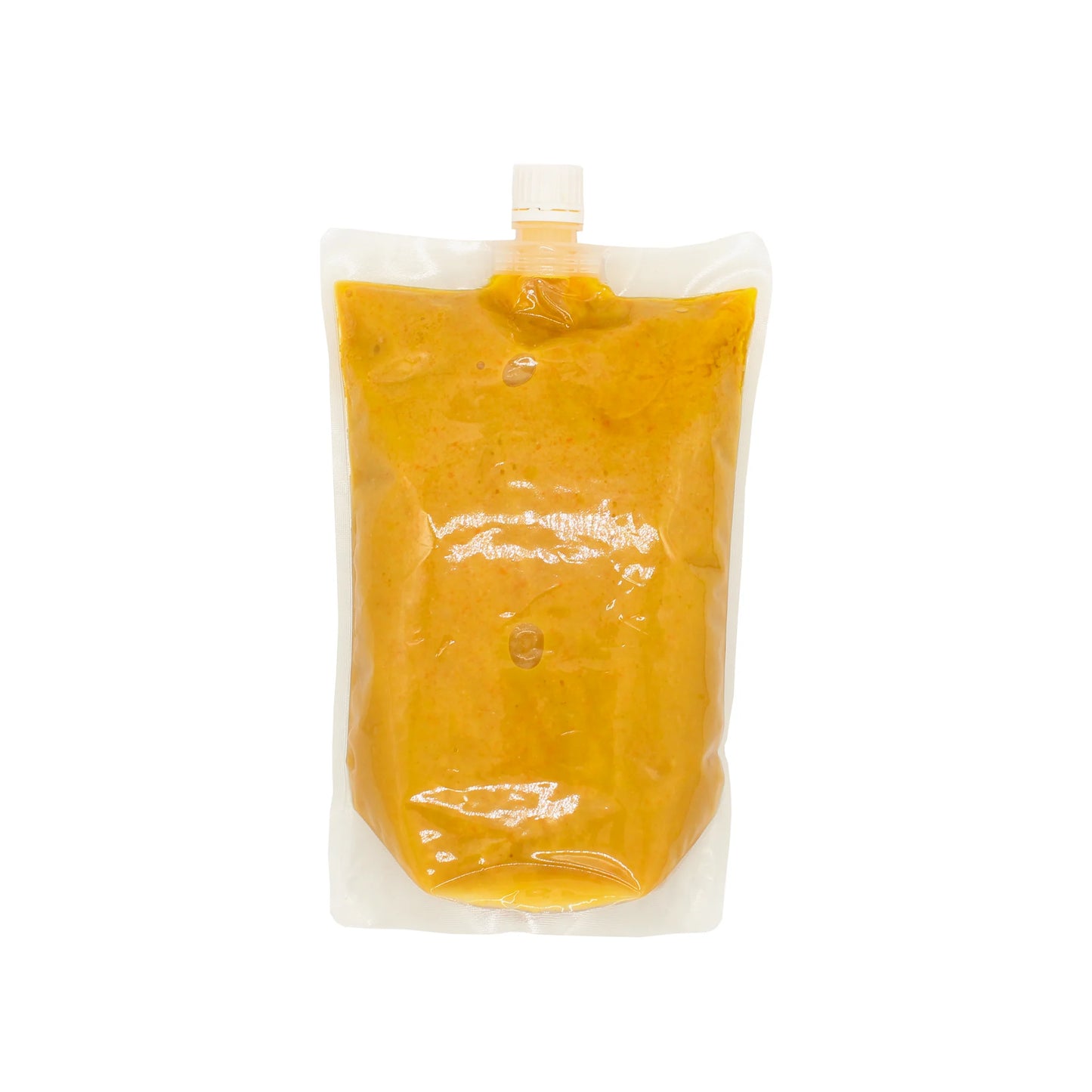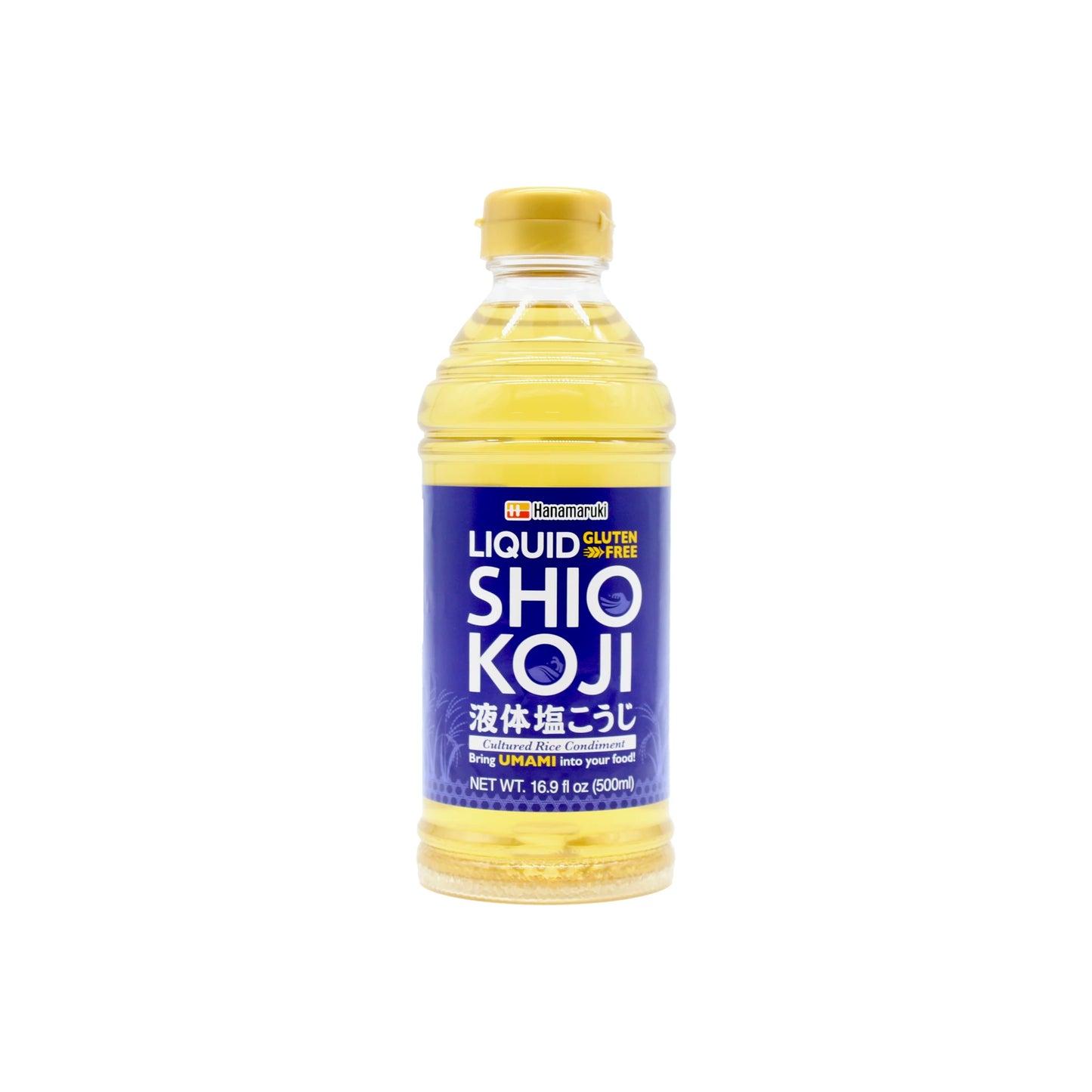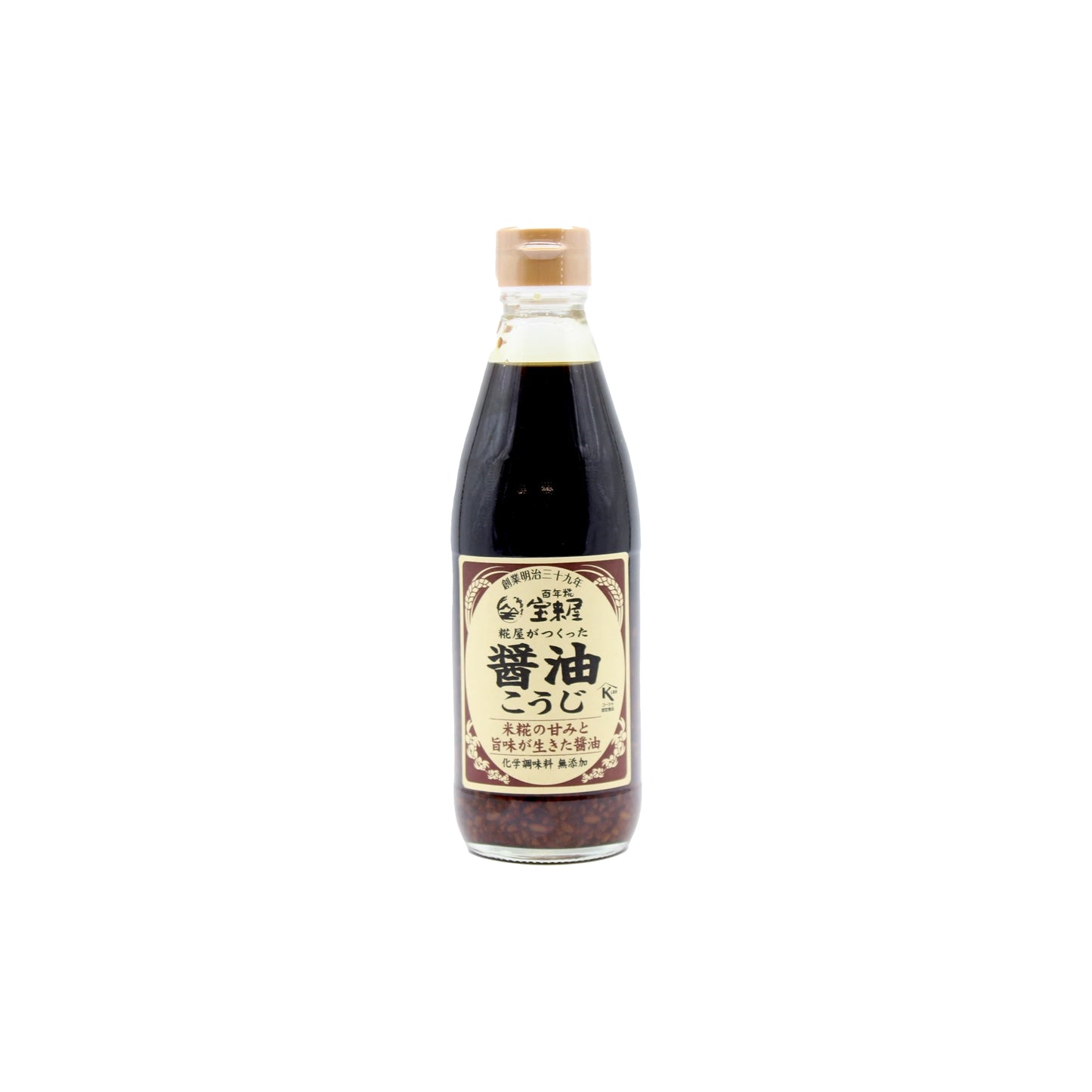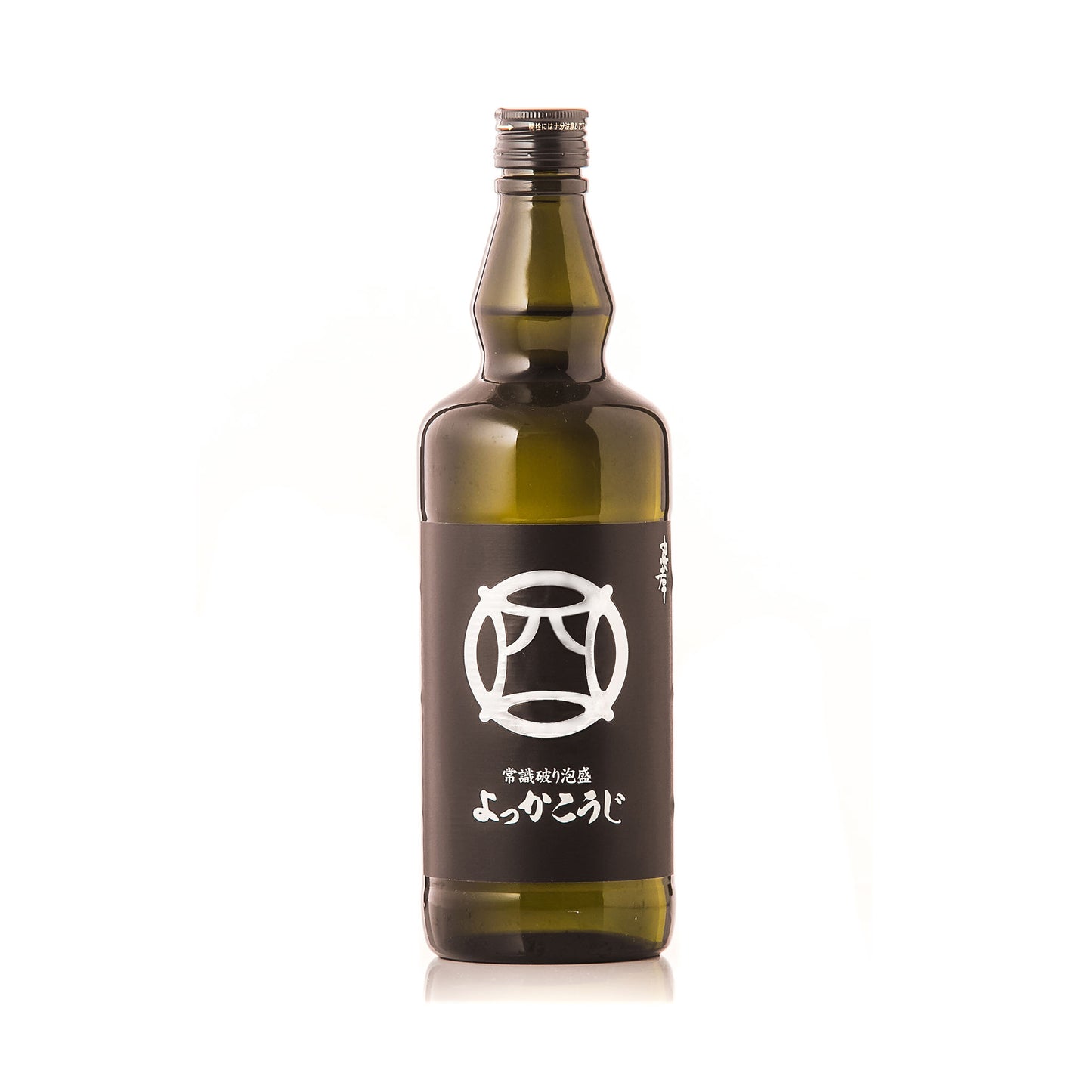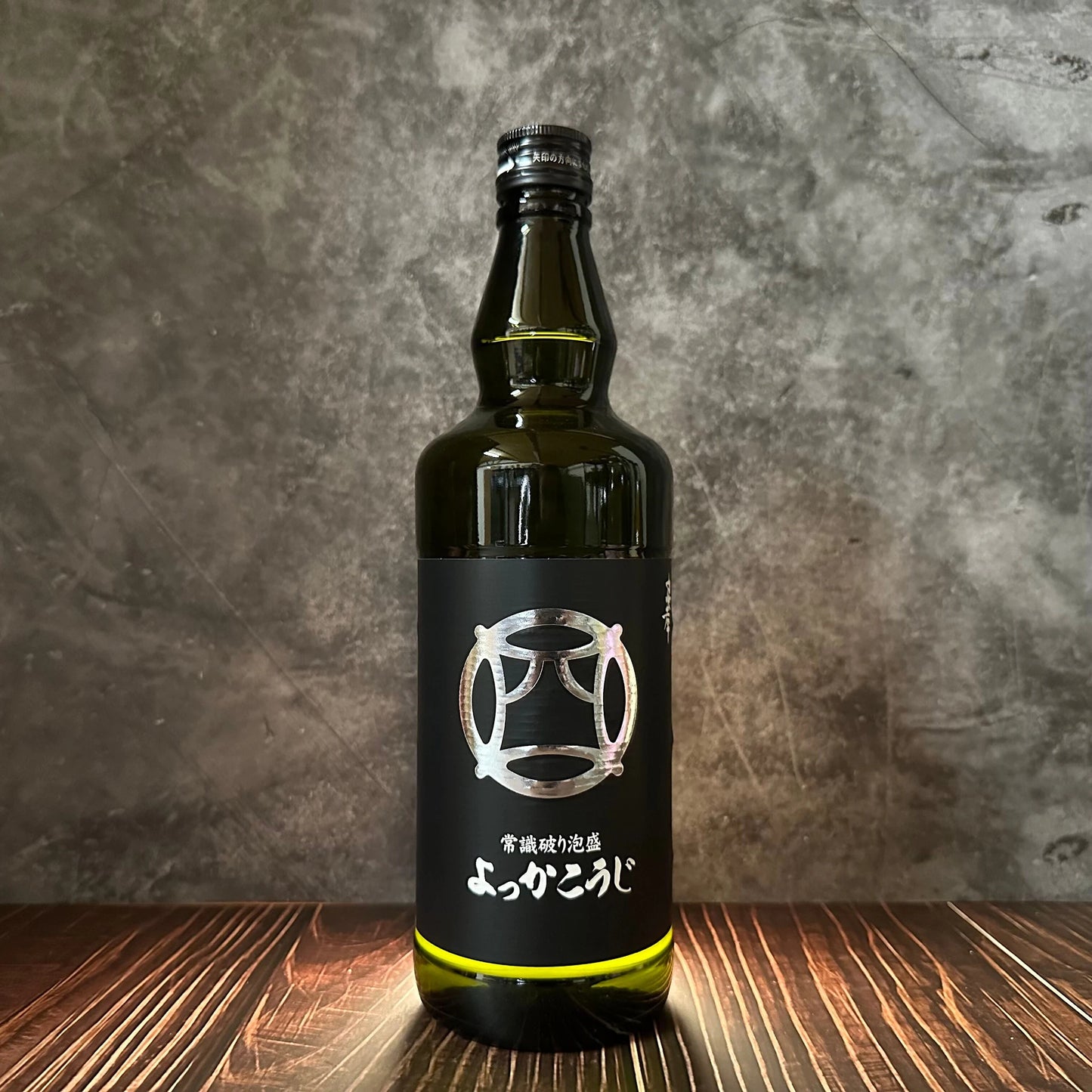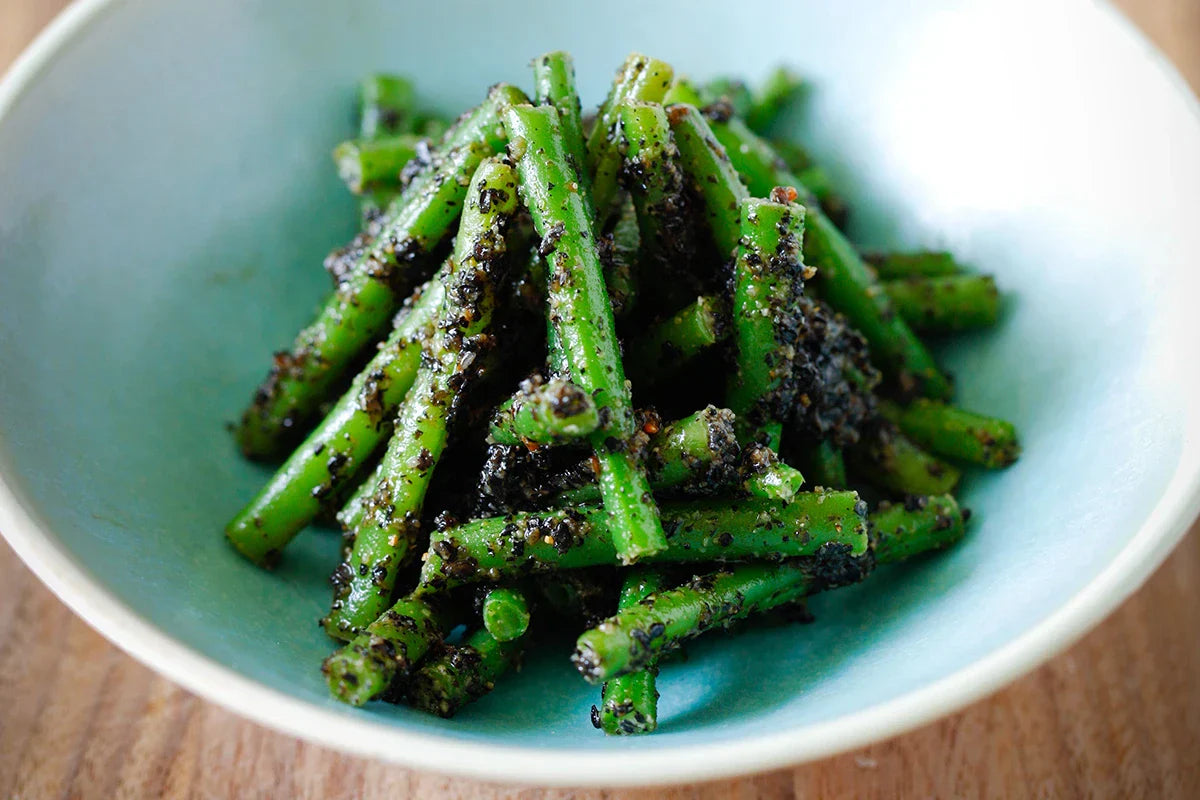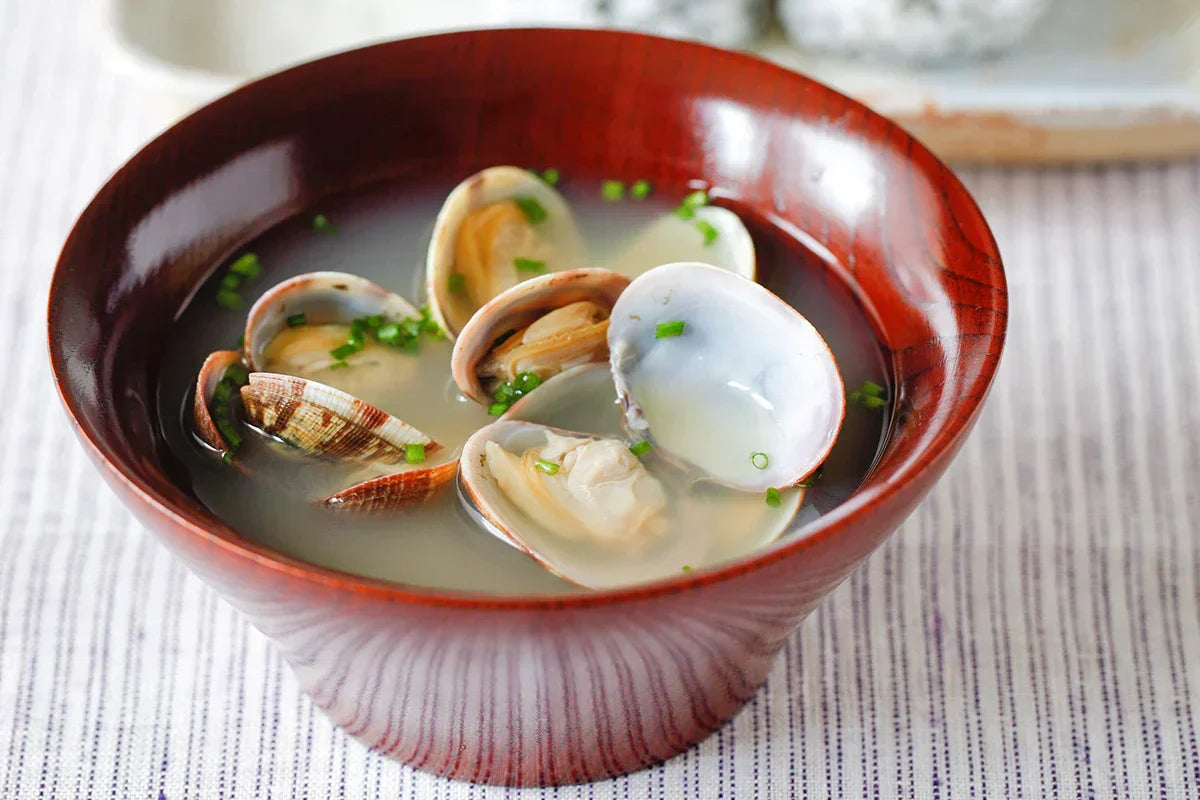Koji
What is Koji and what is it used for?
If you have ever enjoyed the deep, savoury flavours of miso soup and soy sauce or the umami in sake, you’ve already experienced the magic of koji mould. A cornerstone of Japanese cuisine, koji is more than just a traditional ingredient—it is a living, transformative tool that has been shaping the culinary landscape of Japan for over a thousand years.
Understanding Aspergillus Oryzae
Koji refers to grains—usually rice, barley or soybeans—that have been inoculated with a specific mould called Aspergillus oryzae. Koji spores grow on the grains under controlled conditions, these spore play a crucial role by producing enzymes that break down proteins, fats and carbohydrates into simpler compounds like amino acids, fatty acids and sugars. The preparation and fermentation processes are particularly important with rice grains, they need to be flaky, dry and well-separated to ensure proper enzymatic activity. This process of enzymatic transformation brings out complex flavours and forms the foundation for many Japanese fermented foods.
The resulting koji can be used to ferment other ingredients or serve as a seasoning, tenderiser and flavour-enhancer in products like shio koji.
You can read more about koji here.
Get inspired with some recipes
Candied Yuzu Peel Recipe
Using fresh yuzu fruit is quite popular at this time of year and making candied peel is a great use!
Kuro Goma-ae by Yuki Gomi
Goma-ae is a very popular Japanese home-cooked dish with a lovely aroma of black sesame seeds and the sweet and...
Clam Miso Soup by Yuki Gomi
Some traditional Japanese people have miso soup with every meal, and a lot of restaurants serve it for free as...



